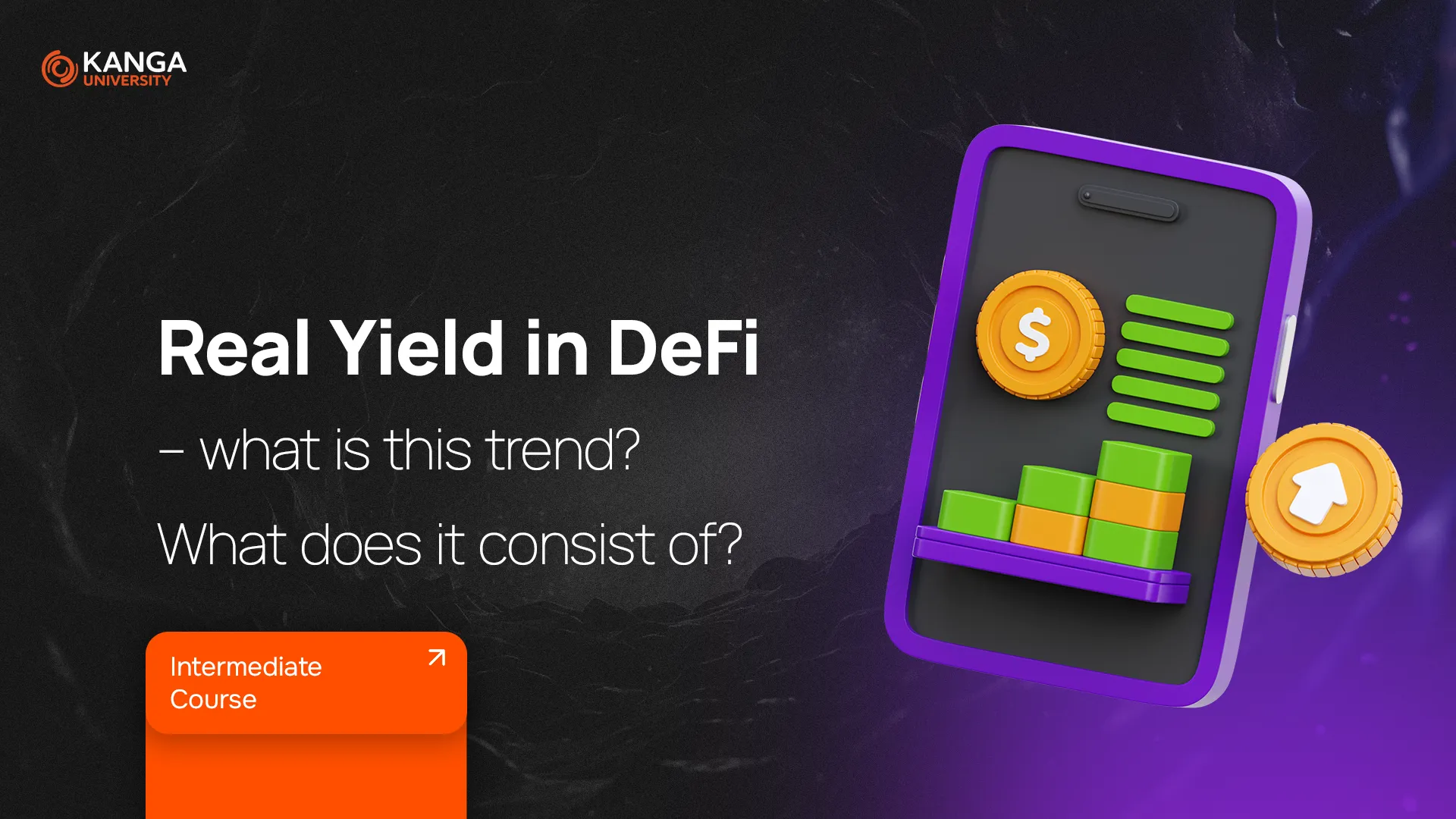
For years, many crypto projects promised sky-high returns, but few could deliver anything sustainable. Now a new trend is gaining traction in decentralized finance (DeFi): Real Yield.
Unlike older models that paid users in newly minted tokens, Real Yield is about earning stable rewards in solid cryptocurrencies like Bitcoin (BTC), Ethereum (ETH), or USDC. And the best part? These rewards come from real revenue – not speculation, not inflation, just actual usage of the platform.
Let’s break down what makes this model different, how it works, and why more investors are paying attention.
What Is Real Yield?
At its core, Real Yield means receiving payouts in established cryptocurrencies from the actual income a DeFi protocol earns. That income might come from trading fees, loan interest, or protocol activity – and users who help support the protocol get a share.
It works a lot like stock dividends. You contribute funds to a DeFi protocol, and as that protocol earns money, you get a cut – not in risky new tokens, but in assets that hold real value.
Why Does Real Yield Matter?
In the past, many DeFi platforms offered high returns by simply issuing more of their own tokens. But when everyone tried to cash out, token prices collapsed. The model wasn’t sustainable.
Real Yield avoids this trap. Here, rewards are based on real protocol usage. That makes it:
-
more predictable,
-
more transparent,
-
and less dependent on hype.
It’s also a sign of maturity in DeFi – a shift from speculative rewards to real, operational revenue.
How Can DeFi Protocols Afford to Pay Real Yield?
DeFi platforms are lean by design. They don’t have offices, staff, or expensive infrastructure like banks. Most processes are run by smart contracts, which automate everything.
That means lower costs, better efficiency, and more room to reward users. When capital is allocated well and fees are fairly distributed, it creates a sustainable loop: the platform grows, revenue increases, and yield is paid out.
Which Protocols Are Using Real Yield? (As of March 2025)
1. GMX
A decentralized exchange (DEX) that pays rewards in ETH or AVAX. Profits come from trading fees, not inflation. GMX has become a go-to example of a Real Yield model done right.
2. Synthetix
A protocol for trading synthetic assets. Users who stake the SNX token receive a share of the platform’s real trading fees. Returns vary, but the model relies on actual demand and platform use.
3. Dopex
An advanced options protocol that lets users lock funds in “vaults” and earn from options trading. Profits come from fees, and rewards are distributed in major cryptocurrencies.
These aren’t experimental projects – they’re running at scale and attracting users because they deliver real value.
Benefits of Real Yield
-
Rewards in stable, trusted cryptocurrencies – not risky new tokens
-
No inflation through excessive token emissions
-
Transparent and measurable income sources
-
Attracts long-term users, not just short-term speculators
What Are the Risks?
Even though Real Yield is more stable than traditional yield farming, there are still risks:
-
Smart contract vulnerabilities – bugs in the code can lead to lost funds.
-
Market activity fluctuations – if platform usage drops, so do your earnings.
-
Centralized governance – some projects still have teams making key decisions without community input.
Always do your own research, understand the protocol’s revenue model, and evaluate whether the risk level matches your goals.
Summary
Real Yield is a sign that DeFi is growing up. Instead of relying on speculation, it focuses on fundamentals: real revenue, fair distribution, and long-term sustainability. If you’re exploring ways to earn passive income in crypto, this model offers a smarter, more grounded option.
Just remember – stable doesn’t mean risk-free. But it does mean smarter.